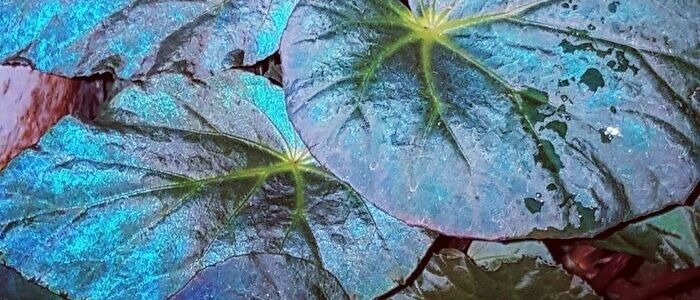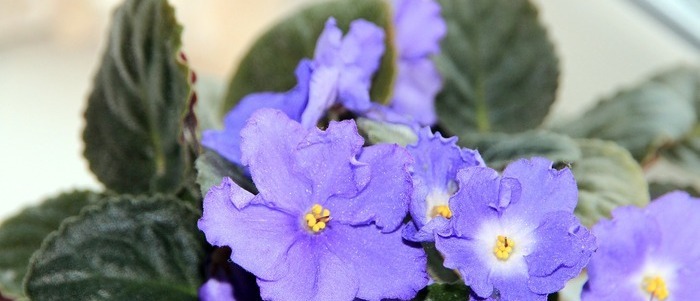The Globe Thistle plant, also known as Echinops, is a captivating and highly popular choice among gardeners and plant enthusiasts alike. With its unique spherical flower heads and spiky, silvery foliage, this plant effortlessly adds a touch of elegance and charm to any garden or indoor space. Its popularity can be attributed to its stunning appearance, as well as its versatility in terms of growing conditions.
Whether you have a spacious outdoor garden or limited space indoors, the Globe Thistle can thrive and flourish in both settings, making it a versatile choice for plant enthusiasts of all kinds. In addition to its visual appeal, the Globe Thistle is also known for its low maintenance requirements. This plant is highly tolerant of drought and can withstand a variety of soil types, making it an ideal choice for those who may not have a green thumb.
Furthermore, the Globe Thistle attracts a wide variety of pollinators such as bees and butterflies, making it a great addition to any eco-friendly garden. Overall, the Globe Thistle is a must-have for plant enthusiasts looking to add a touch of beauty and versatility to their outdoor or indoor spaces.

Globe Thistle Plant Frequently Asked Questions
Can the globe thistle plant grow in containers ?
While globe thistle plants prefer to be planted directly in the ground, they can also be grown successfully in containers. When choosing a container, opt for one that is at least 12 inches deep and wide to provide enough space for the plant's root system to spread. Additionally, ensure the container has good drainage to prevent waterlogging, and use a well-draining potting mix to promote healthy growth. Regular watering, adequate sunlight, and occasional fertilization will help the globe thistle thrive in a container garden.
What is the best propagation method for globe thistle plants ?
The best propagation methods that can be used for globe thistle plants, is through division. This involves carefully digging up an established plant and separating it into smaller sections, each with its own roots. These divisions can then be replanted in new locations or given away to other gardeners.
How to Care for the Globe Thistle Plant indoors
Indoor growing of the globe thistle plant offers a convenient way for gardening enthusiasts to enjoy this unique and beautiful plant year-round. To ensure successful growth, it is crucial to create the ideal conditions within your indoor space. Firstly, choosing the right pot and soil mixture is essential for providing proper drainage and adequate nutrients for the plant.
Opt for a pot with drainage holes and use a well-draining soil mix that is rich in organic matter. Once you have prepared the planting medium, it is time to move on to the step-by-step instructions on planting and caring for the globe thistle indoors. Additionally, it is important to provide the plant with sufficient sunlight or artificial light.
Globe thistles thrive in full sun, so place them near a south-facing window or use grow lights to ensure they receive at least 6 hours of light per day. Regularly check the moisture level of the soil and water the plant when the top inch feels dry. Lastly, remember to regularly monitor the plant for pests and diseases and take appropriate measures to prevent and treat any issues that may arise.
The Benefits of Growing Globe Thistle Plants Outdoors
Outdoor growing of the globe thistle plant offers numerous benefits that contribute to its popularity among gardeners. Firstly, this method allows the plant to thrive in its natural habitat, resulting in healthier and more robust growth. Additionally, outdoor cultivation provides ample space for the plant to spread and flourish, enhancing its overall visual appeal. To successfully grow globe thistle outdoors,
it is crucial to consider the appropriate climate and soil conditions. The globe thistle plant prefers a temperate climate with mild winters and moderate rainfall. It thrives in well-draining soil that is rich in organic matter. Providing the plant with full sun exposure is also vital for its optimal growth and blooming. By carefully selecting the right location and providing the necessary care, gardeners can enjoy the vibrant and eye-catching beauty of the globe thistle in their outdoor spaces.
Pruning the Globe Thistle Plant
When to prune the Globe thistle plant depends on the desired outcome and the specific variety of the plant. Generally, it is recommended to prune globe thistles in late winter or early spring before new growth begins. This timing allows for the removal of any dead or damaged foliage from the previous season and encourages healthy growth in the upcoming season.
Additionally, pruning in late winter helps to maintain the plant’s shape and prevent it from becoming too leggy or overgrown. However, it is important to note that some varieties of globe thistle may have different pruning requirements, so it is always advisable to consult specific gardening resources or experts for guidance. Overall, pruning globe thistles in late winter is a beneficial practice that promotes their overall health and appearance.
By removing dead foliage and shaping the plant, gardeners can ensure that their Globe thistles thrive and contribute to a beautiful garden display in the coming season.
How to Propagate the Globe Thistle Plant
Propagating the Globe Thistle plant is a rewarding and relatively simple process that allows you to expand your garden or share this stunning plant with others. There are a few different methods you can use to propagate this perennial, including division, cuttings, and seed propagation.
Each method has its own set of advantages and considerations, so it’s important to choose the one that best suits your preferences and resources. Regardless of the method you choose, propagating the Globe Thistle plant is a wonderful way to enjoy its unique beauty and enhance your garden’s diversity.
Division is one of the most common methods used to propagate Globe Thistle. This involves digging up the mature plant and carefully separating the clumps into smaller sections, each with its own roots and foliage. It is best to do this in early spring or fall when the plant is dormant and the weather is cooler. Before dividing, make sure to water the plant thoroughly to ensure the roots are well hydrated.
Once divided, replant the sections in well-draining soil, spacing them apart to allow for growth. If you are propagating by cuttings select a healthy stem with several sets of leaves. Using a sharp, clean knife, make a clean cut just below a leaf node. Remove the lower sets of leaves, leaving only a few sets at the top. Dip the cut end in rooting hormone to encourage root development. Plant the cutting in a small pot filled with moistened potting soil and place it in a warm, bright location. Keep the soil consistently moist, and within a few weeks, you should start to see roots forming.
Once the roots are established, you can transplant the cutting into a larger container or directly into the garden. Thirdly, if you propagate with seeds, you can start by collecting ripe seeds from the plant. Clean the seeds and soak them in water for a few hours to soften the outer coating. After soaking, plant the seeds in a seed tray or small pots filled with a well-draining potting mix.
Cover the seeds lightly with soil and keep them consistently moist. Place the tray or pots in a warm and brightly lit area, ensuring they receive indirect sunlight. With proper care and patience, the seeds should germinate within a few weeks, and you can then transplant the young seedlings into larger containers or directly into the garden.
Common Problems and Threats to Globe Thistle Plant
One common problem that globe thistle plants face is overwatering. These plants prefer well-drained soil and can easily develop root rot if they are constantly sitting in water. It is important to water them sparingly and only when the top inch of soil is dry to the touch. Additionally, globe thistle plants are susceptible to diseases such as powdery mildew and rust.
These fungal infections can cause a white, powdery, or rusty appearance on the leaves, leading to stunted growth and decreased vigor. Regularly inspecting the plants and promptly treating any signs of disease can help prevent further spread and damage.
Another threat to globe thistle plants is insect infestation. Aphids, in particular, are known to attack these plants and can cause significant damage. These tiny insects feed on the sap of the plants, weakening them and causing deformities in the leaves and stems. In severe cases, aphids can even transmit viruses to globe thistle plants, further compromising their health.
To combat this, it is important to regularly check the plants for any signs of aphids and take appropriate measures, such as spraying with insecticidal soap or introducing natural predators like ladybugs, to control the infestation. By addressing both fungal infections and insect infestations, gardeners can ensure the health and vitality of their globe thistle plants.
Conclusion
Whether it is indoors or outdoors Caring for the Globe Thistle plant is a rewarding and worthwhile endeavor. By following the proper care instructions, such as providing ample sunlight and well-draining soil, gardeners can ensure the plant thrives in their garden. Regular watering and occasional fertilization will also promote healthy growth and vibrant blooms.
Additionally, taking the time to remove any dead or damaged foliage will not only improve the plant’s appearance but also prevent the spread of diseases. Overall, the Globe Thistle plant is a stunning addition to any garden, offering unique beauty and attracting beneficial pollinators. With a little love and care, this plant can bring years of enjoyment to any gardener.
It is important to monitor for pests and diseases, as they can quickly damage the plant if left untreated. Pruning the plant in early spring can help maintain its shape and encourage new growth. With its striking blue or purple flowers and spiky foliage, the Globe Thistle is sure to be a standout in any garden or container.
Other Blue House Plants













